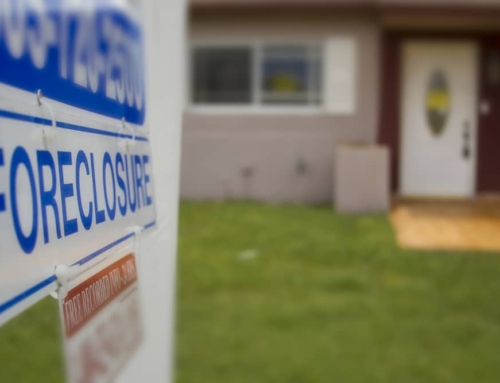No matter how much you have to spend, compromise is the name of the game when buying a home.
Jeremy and Susan recently completed the purchase of their first home – a two-bedroom co-op in New York City. The purchase price? More than $700,000.
“It’s just great,” said Jeremy. “I just wish we had another bedroom.”
In a New Jersey suburb of New York city, just a 45-minute commute from Manhattan, the same money would have bought a 4-bedroom house. But Jeremy and Susan both work in Manhattan and didn’t want to commute. So, they traded the space and garden the house would have provided for being able to walk to work.
One of the great myths of real estate is that you can get everything you want if you could just spend enough money. This myth applies whether you’re buying a newly-constructed home, an existing residence or renovating the house in which you now live.
In fact, no one ever gets everything on a wish list because the wish list changes as our budget goes up. It’s a little like getting a raise and wondering where the extra money in your paycheck went – our standard of living tends to rise along with our pay.
(Even Bill Gates didn’t get everything he wanted in his house the first time. He reportedly ended up adding on a dining room that could seat 100 people and has, according to various news reports, been busy buying up the properties that surround his estate in order to control who lives nearby.)
If you can’t get everything you want, the best you can hope for is to get everything you need in a home and a little of what you want.
But needs and wants can get confusing.
What we want is usually easy to answer. We want the best of everything: the best schools, safest neighborhoods, a spacious house and perhaps an extra closet or two.
What you “need” in a home are the things you can’t live without. Since everyone’s “needs” list is going to be different, you’ve got to take out a piece of paper and make out your own.
Start with location. How close do you want to be to your job, family, friends, house of worship, children’s schools and activities, recreational activities, shopping, and everyday services?
Next, look at size and amenities. Can your children share a bedroom or bathroom? Do you need an office out of your home? Can you get by with a postage stamp garden or do you need something bigger? Do you need a whirlpool tub and a gourmet kitchen?
When it comes to location, you and your spouse or partner (or whoever is going to buy this property with you or reside in it) should write down all of the important things in your life and how many minutes you want to drive to reach them. You might write 15 minutes for your job and 40 minutes for your family. Or, you might want to walk to your house of worship. Next, make out a list of what you need in terms of housing size and amenities.
Even getting everything you need is tough, so once the list is made, the second (and some would say most important step) is to prioritize which need is truly most important.
Once that’s done, you’ve got to look out over the next 5 to 7 years (probably the time frame in which you’re going to live in this home) and foresee any needs that don’t currently exist in your life.
For example, you and your spouse or partner may not have children now. But, if you’re planning to have them during the time you plan to live in the home, you should consider how far away from child care, school and after-school activities you want to be. Do you want them to walk to everything even if it means you’ll have to live in a community that’s a 70-minute commute from work each day?
Peter and his wife came to the conclusion that it was more important for their children to grow up in a small town where everyone in the neighborhood watches out for each other, than it was to live just a short distance to work.
“My commute is 1 hour and 10 minutes each way, and I leave at 6:00am,” Peter says. “On the other hand, if I can’t get home until late, I know one of my neighbors will pick up my son after his baseball game.”
Once you and your spouse or partner have completed your “needs” list, you need to compile your two lists into one. This will require even more compromise, but ultimately, you’ll make a smarter home buying decision.
Published: May 7, 2004






Leave A Comment